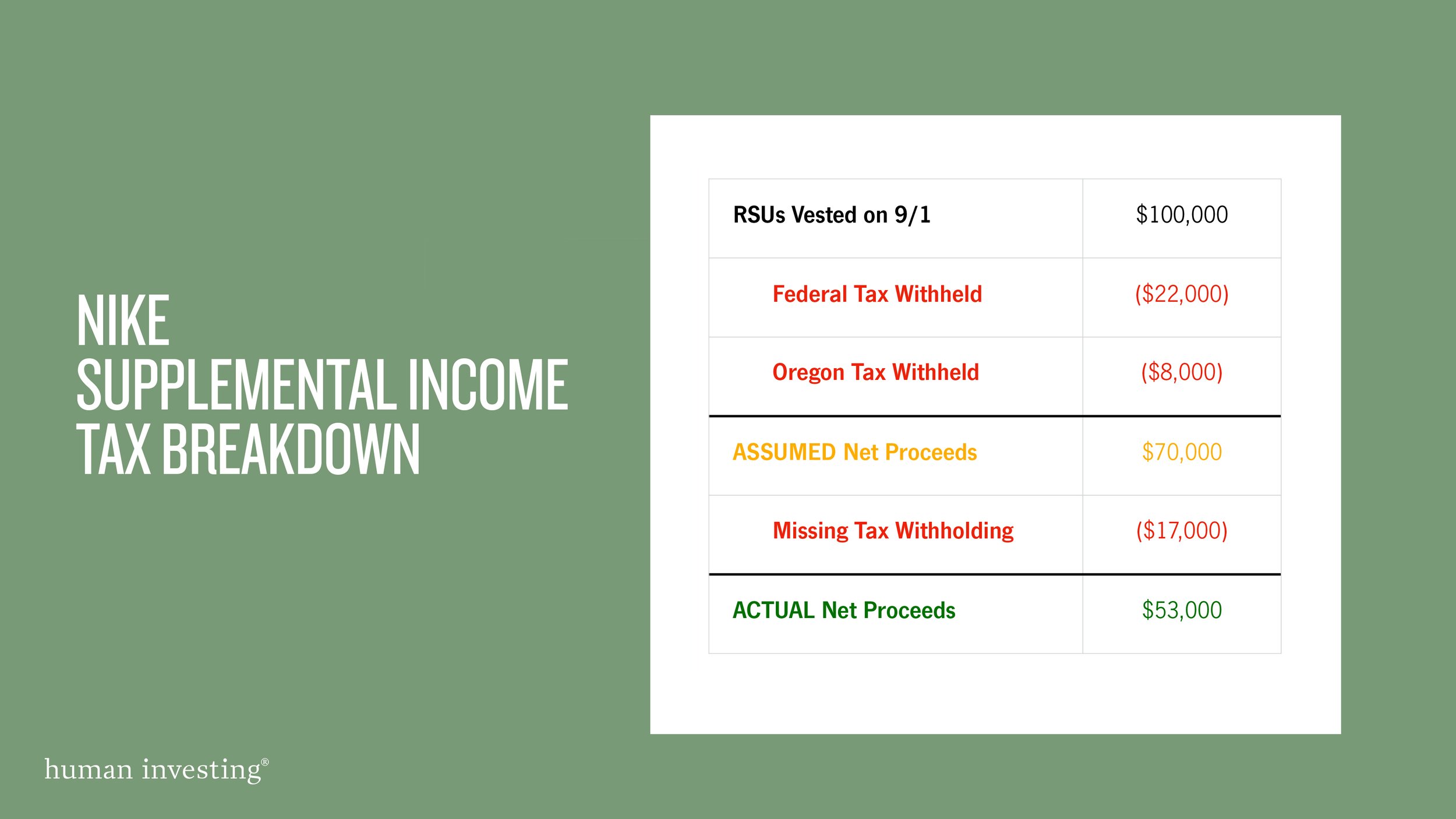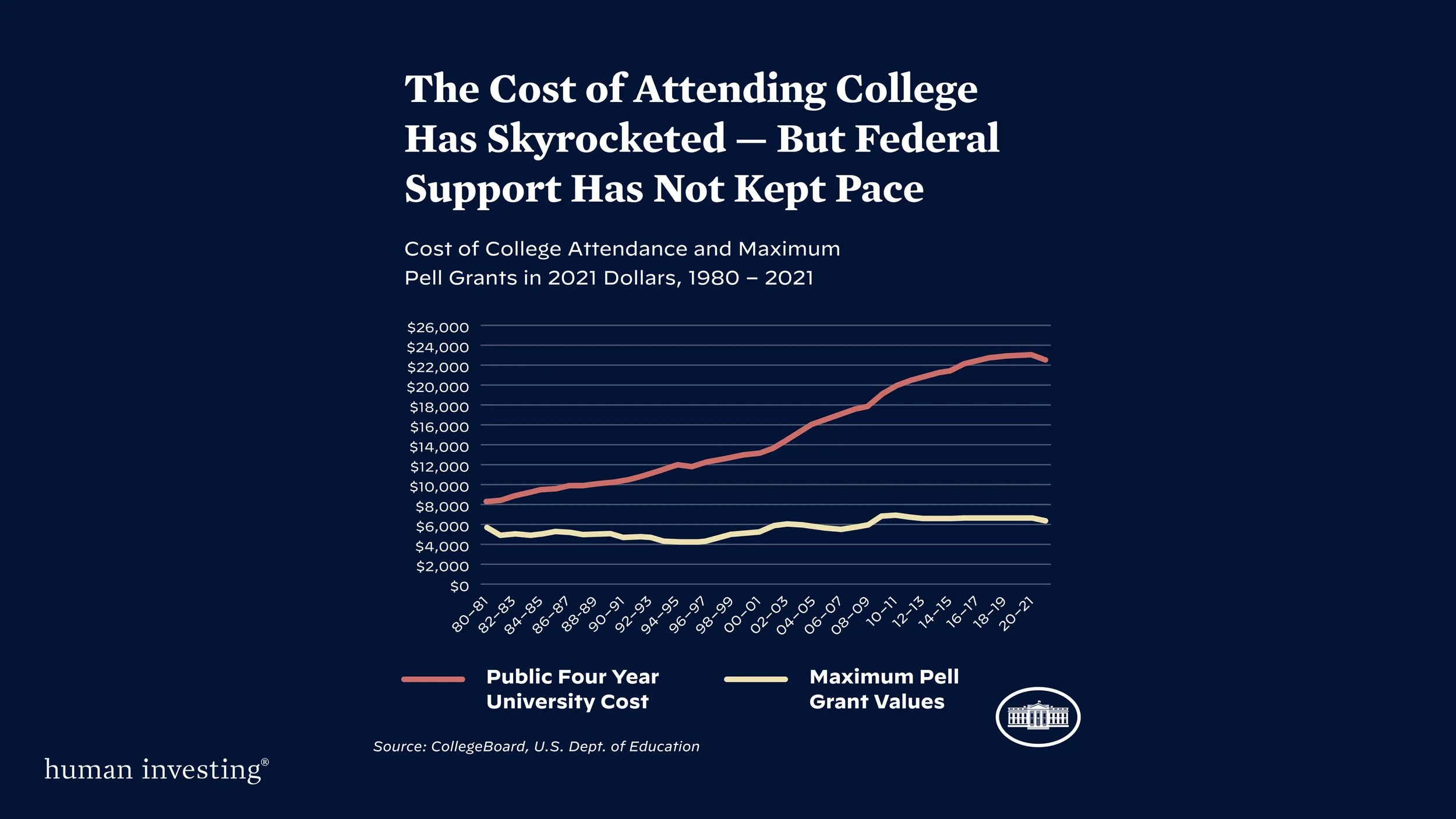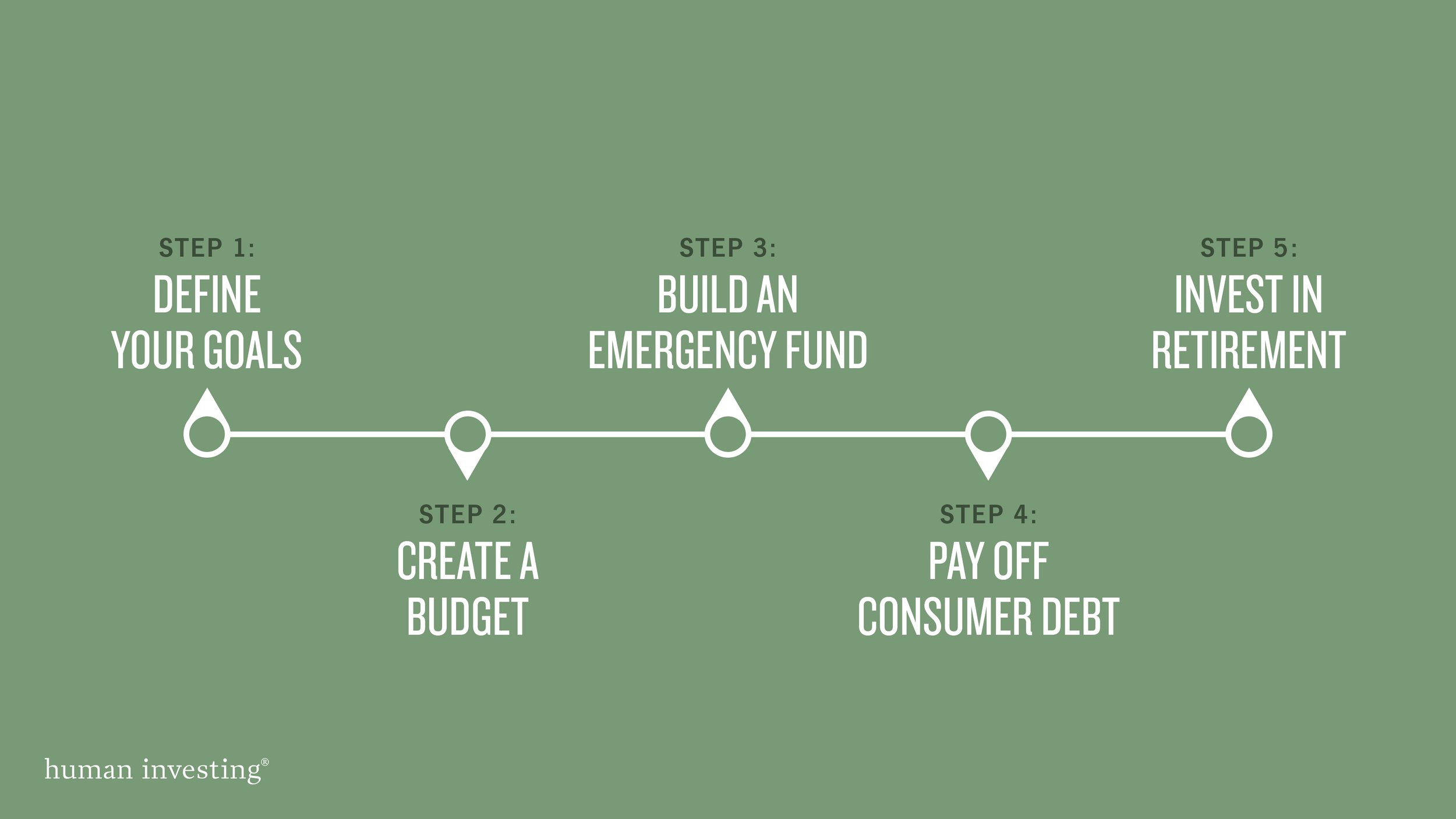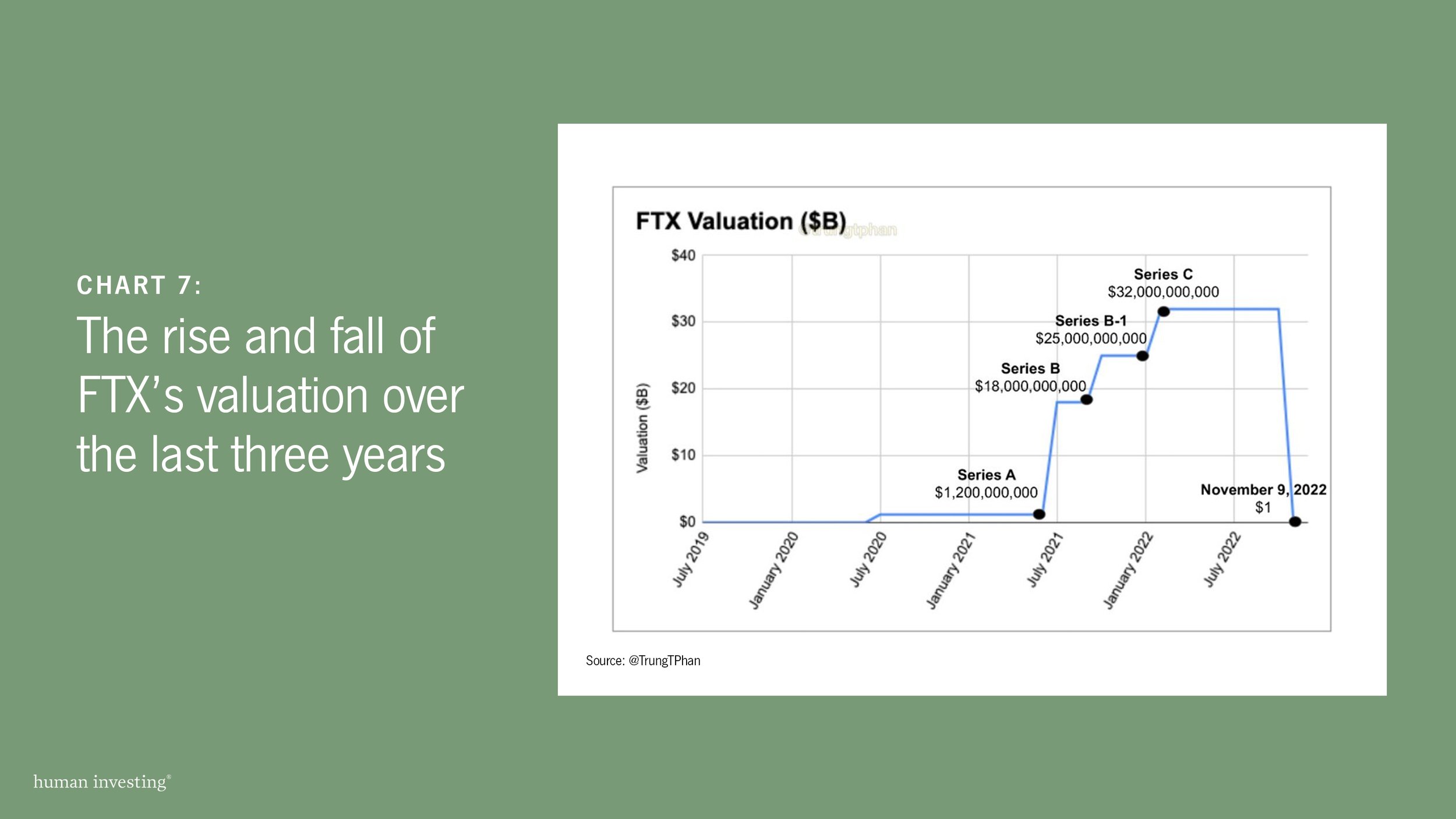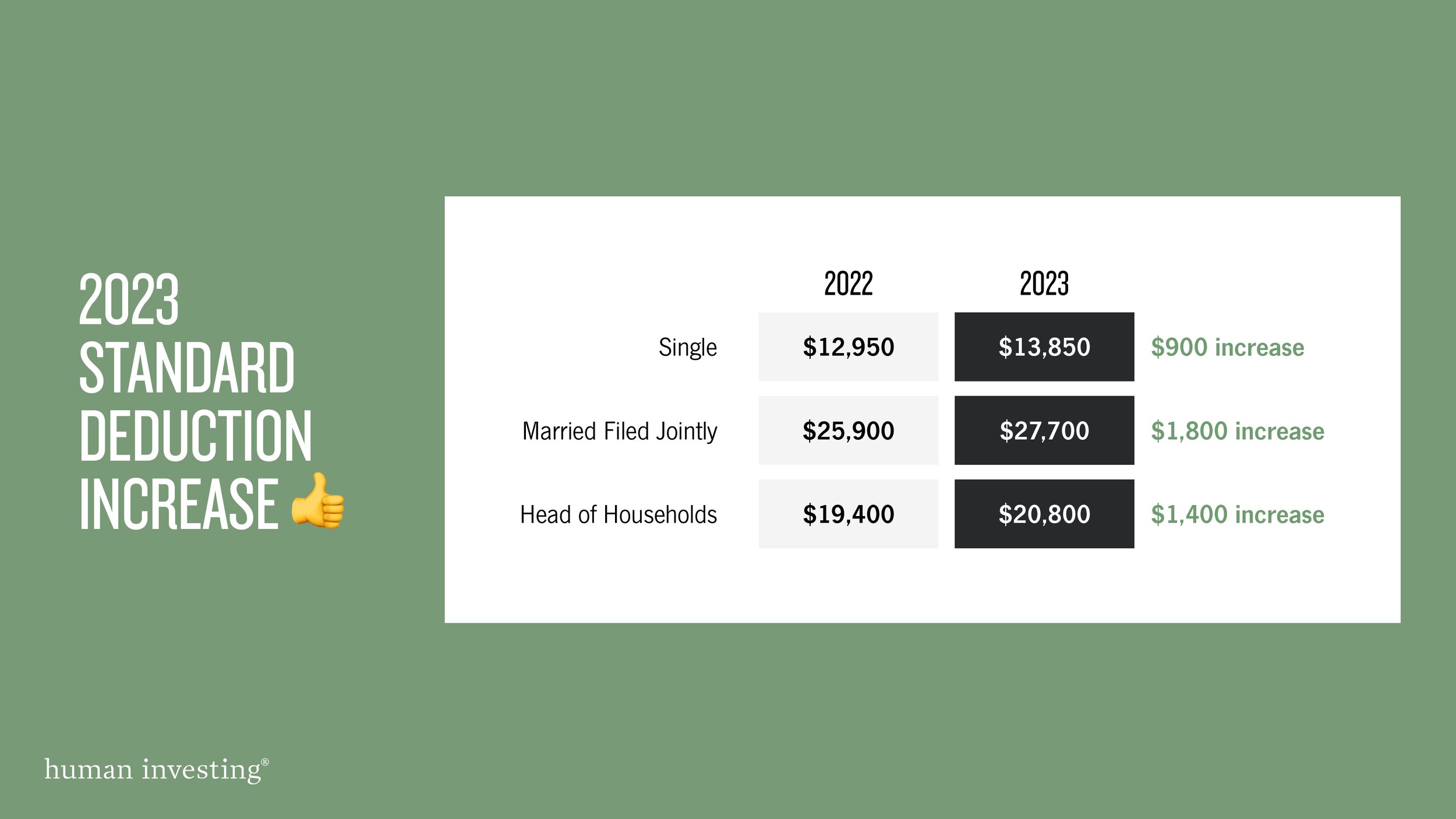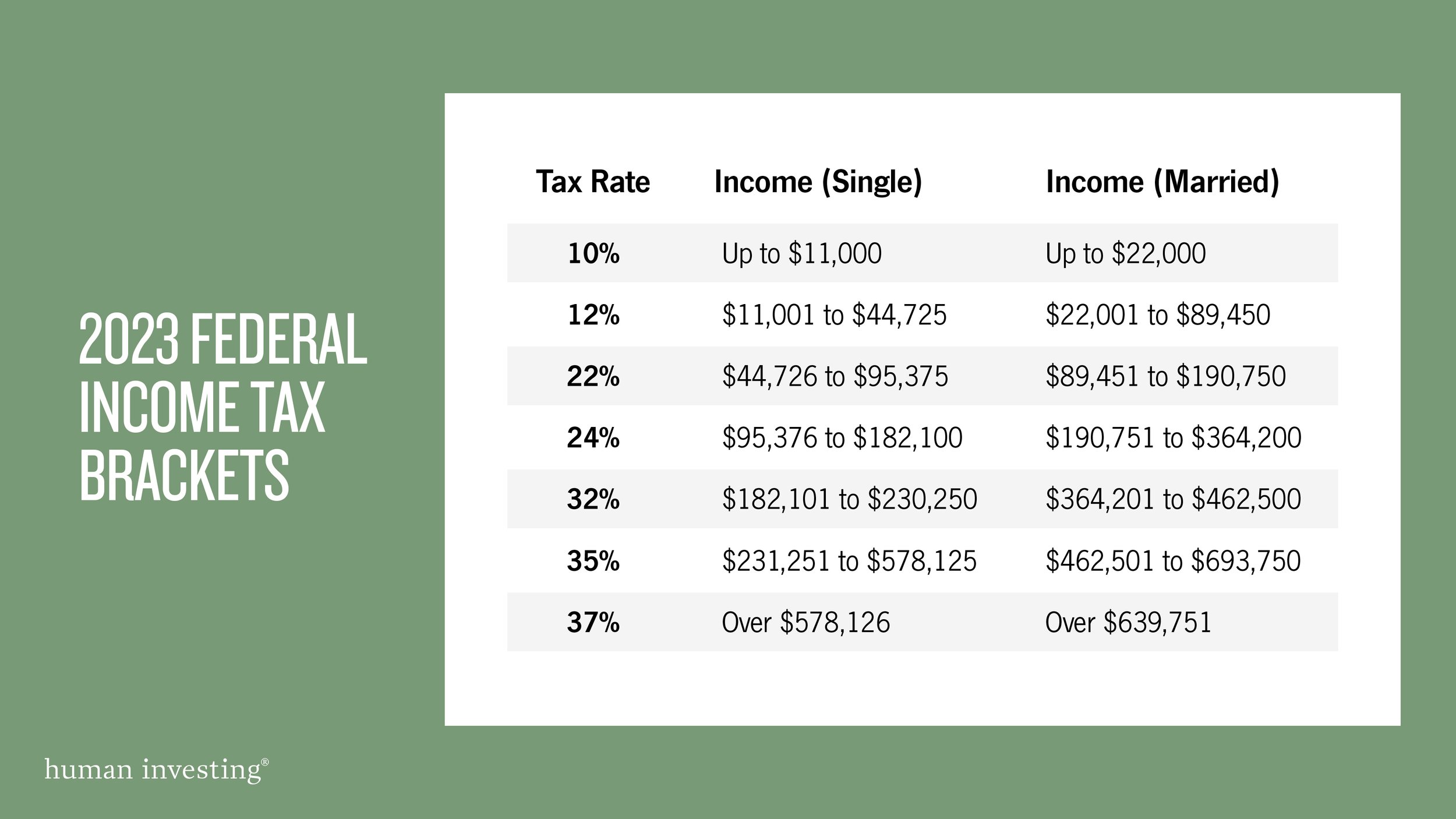The window is open from August 8-25, 2023
It’s that time of year again where Nike leaders will need to make their annual Nike Stock Choice and select between 100% Stock Options, 100% RSUs or 50/50.
When comparing Nike Stock Options and Nike RSUs, RSUs are the safer option. RSUs offer a more secure value and a more moderate level of upside and downside. Stock Options are more volatile but can also provide significantly more upside over time.
At first glance the decision can feel simple since there are only 3 roads to take, and when in doubt picking the middle road of 50/50 is the easy compromise. While this can be the right selection for many individuals, it is not always the optimal choice. While working alongside Nike leaders over many years, we have found that there are 11 crucial questions to answer and consider so that you arrive at that optimal selection for you.
Timing questions: Is it a sprint or a marathon?
Understanding your timeline is one of the most important factors in your choice. Stock Options do not have any value until the stock price increases, but they do grow at a faster pace than RSUs. So given enough time, Stock Options can surpass RSUs in value. This is why timing considerations can be crucial to your decision and you should consider questions like:
1. What is the purpose of Nike stock for you and your family?
Does it contribute to longer-term goals like retirement, building wealth, and creating a legacy? Stock Options are more appropriate here. Or is it for shorter-term needs like a second home, more vacations, or education for your kids? RSUs typically make more sense for these scenarios.
2. How much longer do you think you will work at Nike?
To the best of your ability, you should consider how long you think you will remain at Nike. Your timeline could be short if you are seriously considering offers from recruiters or think your position could be eliminated. In those types of considerations, RSUs could make more sense. Conversely, if you plan to stay at Nike long-term and feel like your position is secure, you have a better chance to participate in the long-term growth of Nike stock. In this case, Stock Options may be a better fit.
3. How often do you typically sell Nike Stock to fund purchasing needs?
If you frequently sell your Nike stock grants to fund lifestyle needs, you likely need a more consistent funding source like RSUs since there is not adequate time for the stock to grow and realize the value.
Behavioral questions: It goes beyond the numbers
As human beings, behavioral and emotional factors often affect our financial decisions. These types of questions include:
4. What did you select last year, and do you feel like that was a good decision?
Do you have buyer’s remorse, or do you feel good about that decision regardless of which selection is better at this point-in-time? It is important to remember that the Stock Choice selection is a long-term decision that should not be overly influenced by recent, short-term results.
5. How much regret would you have if your peers made a more financially successful choice?
If your peers are all celebrating the success of their selection and yours is different, how much would this affect you? Everyone has a different level of response in these situations and setting yourself up well to be at peace with your decisions is important to your well-being.
6. How do you currently feel about the long-term growth potential of Nike stock?
Your long-term feelings toward Nike stock potential should be considered since it will better match your expectations and satisfaction regardless of what actually happens with stock performance.
Risk questions: How much turbulence are you okay with?
7. If stock price dropped by 20%, how would you feel?
It is normal for any stock, including Nike, to experience ups and downs and a 20% drop at some point should be expected. During these moments, would you be concerned to the point of wanting to sell immediately, not concerned at all, or a little concerned? If this type of drop would be too difficult to stomach, you may want to lean towards RSUs. If it is not a concern at all, you may be well-suited for Stock Options.
8. How do you feel about your total exposure to Nike stock?
Does having the bulk of your financial assets tied up in Nike already cause you concern and anxiety, or are you hoping to build up more Nike holdings? If you are already concerned about your exposure, you will likely be diversifying out of Nike stock. In this case, it could make more sense to lean towards RSUs.
Quantitative questions: The numbers do matter
9. How is the price of Nike stock valued currently based on its earnings and other factors?
Is it overvalued or undervalued? You may want to examine the metrics to see how it currently stacks compared to its historical valuation. If it is undervalued that could make you lean more towards Stock Options, or if it is overvalued it could make sense to lean more RSUs.
10. What is this year’s Stock Option Ratio?
Each year there is a calculation of how many Stock Options you will receive if you make that choice. It is a ratio based on the value of the RSU choice. For the first 4 years, it was a 5:1 ratio (5 stock options for 1 RSU). Last year (2022) it shifted to a 4:1 ratio. We cannot say for sure the reason for this shift, but it would be reasonable to assume it was affected by interest rate changes and stock market volatility as those factors can change the valuation of a stock option.
The 4:1 ratio for Stock Options means that you would receive less Stocks Options and Nike stock price would require additional growth to become more valuable than RSUs. A lower ratio could mean that you need more time for Stock Options to grow to have a chance to exceed the value of RSUs.
The overriding ‘special’ question
11. Do you qualify for the Stock Option Special Retirement Vesting?
If you are age 55+ and have worked for Nike for at least 5 years, you qualify for the Special Retirement Vesting of any Stock Options. This is the most important factor in the entire equation to consider.
When you terminate from employment at Nike, you will lose any unvested RSUs and Stock Options. Additionally, any unvested Stock Options must be exercised within 90 days unless you qualify for the Special Retirement Vesting. This Special vesting will allow you to keep your unvested Stock Options (held for at least one year). These will continue to vest over the next 4 years or vest immediately if you are Age 60+. You will also have more time to exercise your Stock Options instead of being forced to do so within 90 days after termination.
Since this special vesting is so valuable, anyone that qualifies or will be qualifying for this vesting soon, should strongly consider Stock Options as part of their decision.
Do you want help putting it all together?
As you can gather from the 11 questions above, there are many different factors that should be considered. Determining which ones are the most important can be challenging.
Based on your answers to these questions, you may already feel confident and comfortable with one of the three options.
For those who are still unsure or want to obtain detailed information while deliberating, our team at Human Investing created our own, proprietary scoring tool. The scoring tool takes the answers to these questions, assigns different weights depending on the importance of each question, and generates a unique score report.
GET YOUR OWN COMPLEMENTARY SCORE
If you or anyone you know is interested in receiving their own Stock Choice score sign up below.
Lastly, we believe it is important to consider how your Nike stock compensation fits within your overall financial situation. The questions above and the scoring tool can be helpful, but this Stock Choice decision is best done in coordination with a personalized financial plan.
If you have questions or want to learn more about the Stock Choice, Stock Options or RSUs, please feel free to contact us at nike@humaninvesting.com





























